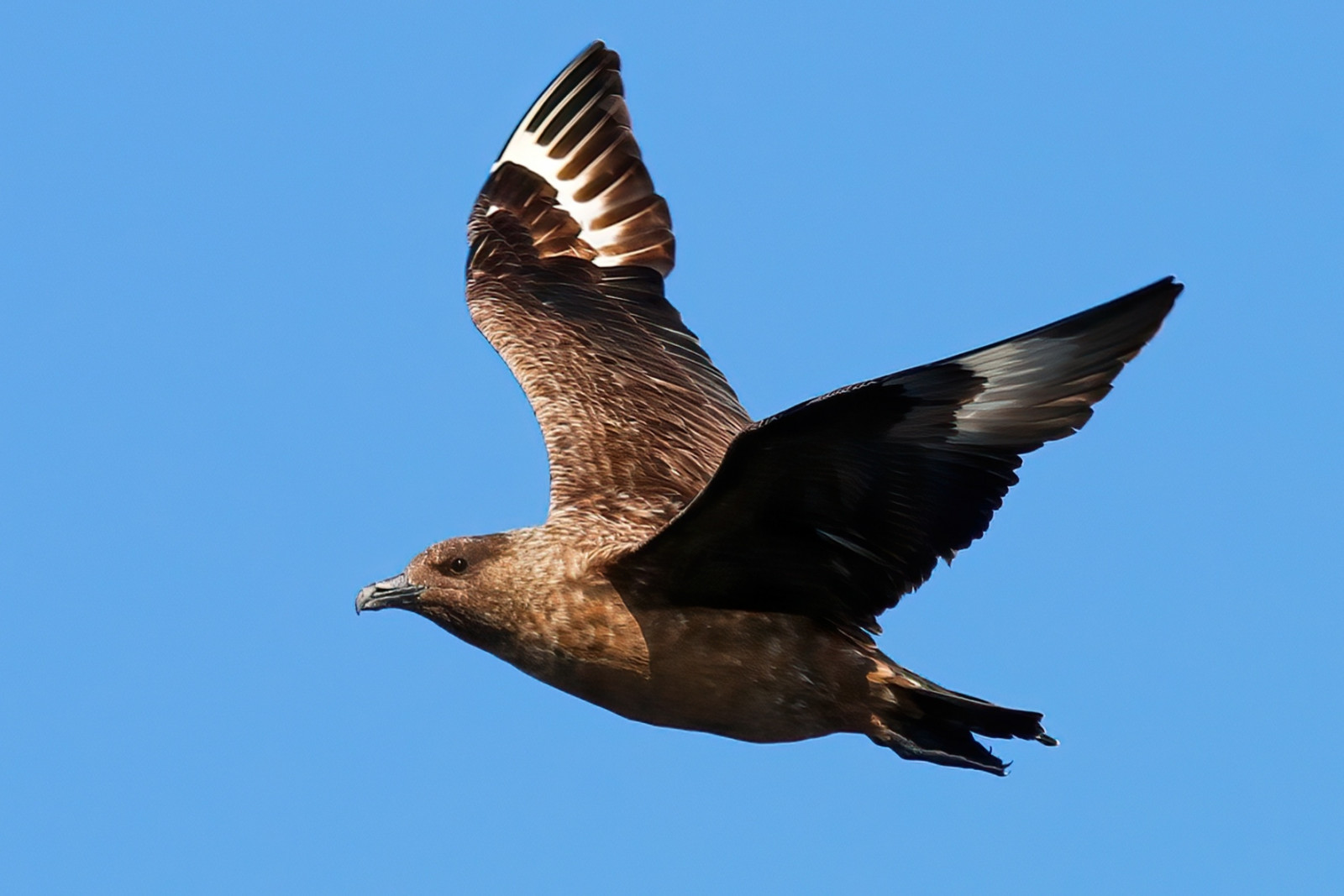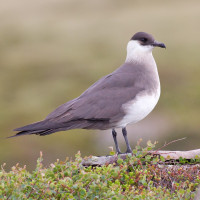Description
The island of North Ronaldsay is about 5 km long and around 1.5 km wide, being flat with little vegetation. Because of its location, it does attract a high number of vagrants and also hosts species such as Alcă cu oglindă, Culic mare, Lup de mare atlantic, Lup de mare mic and Inăriță cu cioc galben. Few people live here but basic accommodation is available at the southern end which is managed by the Bird Observatory. It may be possible to attend some ringing sessions at the observatory, and people staying at the accommodation will most likely have interests in birds and nature too. Not far from the accommodation is the harbour and to the east of that a beach. The main walk to the north of the island is along a tarmac road, and there is a small cafe there.
Details
Access
A special feature of this island is the fact that it is impractical to bring a car here, and the only vehicles on the island are used by residents. The most practical way of accessing the island is by air from Kirkwall, there being mostly three flights each day. Air service is by Loganair with a ten-seat 'Islander', and a taxi service is available from the airstrip. There is a ferry, but this only runs once per week.
Terrain and Habitat
Beach , Agriculture , SeaConditions
Flat , Open landscapeCircular trail
NoIs a telescope useful?
Can be usefulGood birding season
All year roundBest time to visit
Spring migration , Autumn migrationRoute
Paved roadDifficulty walking trail
EasyAccessible by
Foot , WheelchairBirdwatching hide / platform
NoExtra info
Visitors should look out for North Ronaldsay Sheep, a local species that lives by the shore. Orcas can be seen off the coast in summer.




